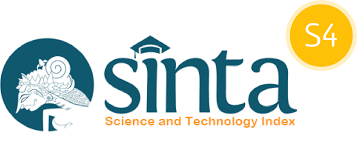AI-Based Chatbot System for Education and Recommendations on the Use of Native Papuan Herbal Plants using the Large Language Models method
DOI:
https://doi.org/10.34010/injiiscom.v6i1.13575Keywords:
AI based chatbot, Herbal plants native to Papua, Large Language Models (LLM), Google Generative AI (Gemini-Pro), BERTScoreAbstract
This study develops an AI-based chatbot to provide education and recommendations for using Papuan herbal tea. The goal is to raise awareness and dispel traditional knowledge about Papuan herbal tea, which has historically been weak in local communities. The methods used include problem analysis, literature review, data collection, system testing using Large Language Models (LLM), and implementation using Google Generative AI (Gemini-Pro). This system is designed to analyze text queries and provide relevant answers using text-based query syntax. Pengujian is carried out using the BERTScore method to assess the system's adherence to the reference data. The study's results indicate very good performance, with a rata-rata Precision of 0.58357/58 %, a Recall of 0.66781/66%, and an F1-Score of 0.62205/62. %. More precise recall indicates that the system can capture a lot of pertinent information, even when there are performance differences between questions. This study demonstrates the potential of AI technology to improve understanding between local communities and the general public as well as to support local Papuan kearifan events

















